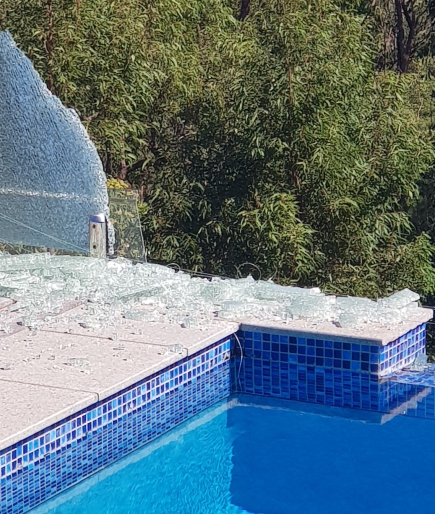Do You Need Hardness In Vinyl Liner Pools

It s actually closer to a fiberglass pool s energy bill.
Do you need hardness in vinyl liner pools. It also produces itchy skin. A vinyl liner pool s pump filter system requires less energy than a concrete pool s because vinyl pools are not predisposed to algae growth. Last you would want to test your calcium hardness. Ph total alkalinity calcium hardness.
To balance a vinyl pool start with the alkalinity first. Next i would adjust the ph. Look at the screenshot of our lsi calculator. The signs of extreme chemical abuse are faded colors and the vinyl is very brittle.
Liners that have been subjected to the wrong type of chlorine usually need to be replaced about 1 to 3 years. If calcium hardness goes above 400 ppm you will likely see a white flaky crust on the liner and pool equipment. The ph should be between 7 4 7 6. There are those who think that low calcium is only a problem for concrete pools but au contraire mon frere low hardness levels below 150 ppm can harm vinyl liners too.
Vinyl liners for in ground pools should last you anywhere between 8 to 10 years. You do still need to regularly measure and maintain your vinyl liner pool s alkalinity ph calcium hardness and chlorine levels. Above ground liners should last you around 5 to 7 years. We find vinyl liners on the entry steps of the pool to be one of the most common complaints with liner wrinkling and or slippery surfaces.
When water is too soft add calcium hardness increaser leftovers can be used as snow melt during winter. High calcium is rarely a problem if other lsi factors are adjusted properly 500ppm calcium hardness is easily managed without scale formation. Truth be known vinyl liner and fiberglass pools are likely to decline faster in a low calcium environment. The alkalinity should be between 80 120 ppm for a vinyl liner pool.
The vinyl liner in the swimming pool can become very slippery if the chemistry is not kept correct.



















